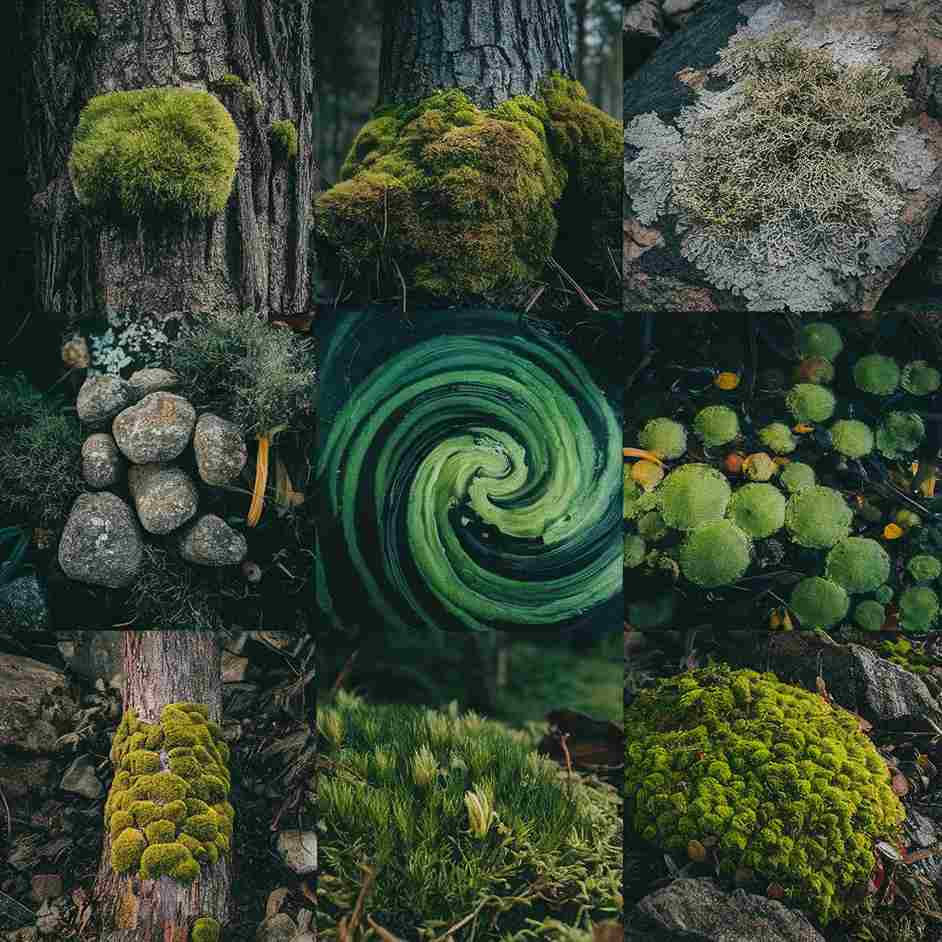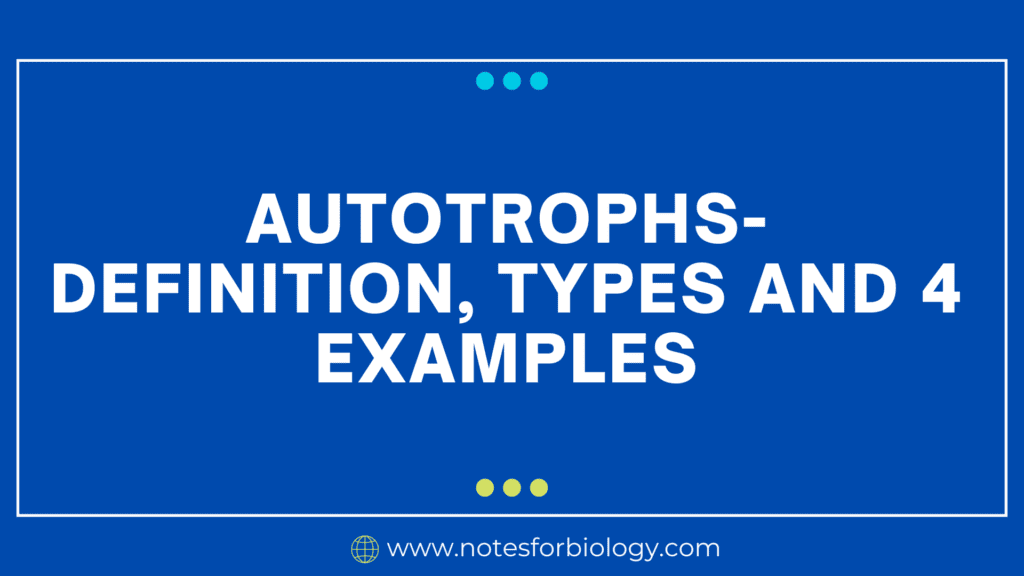An creature that can make its own sustenance from light, water, carbon dioxide, or other substances is called an autotroph. Autotrophs are frequently referred to as producers since they are self-sufficient food producers.
Table of Contents
Definition
Organisms classified as autotrophs are those that can use light, water, carbon dioxide, or other substances to make food on their own. Because they are primary producers and the foundation of the food chain, they are essential to ecosystems because they transform inorganic materials into organic matter that other creatures may eat.

Types of
1. Photoautotrophs
Through the process of photosynthesis, these organisms transform carbon dioxide and water into glucose and oxygen using light energy. They have pigments to absorb light energy, like as chlorophyll.
2. Chemoautotrophs
These creatures get their energy by chemosynthesis, which involves oxidizing inorganic substances like iron, ammonia, or hydrogen sulfide. They are frequently found in harsh settings without access to light.
Example of
1. Green Plants (Photoautotrophs)
The majority of them are green plants, such as trees, grasses, and shrubs. They have chlorophyll, which is used in photosynthesis to absorb sunlight.
Procedure: They convert carbon dioxide and water into glucose, an energy-producing sugar, and oxygen during photosynthesis.
For instance, big, long-living oak trees (Quercus spp.) are prevalent in temperate locations. They play a vital role in creating oxygen and creating habitat for a variety of animals.
2. Cyanobacteria (Photoautotrophs)
Description: A kind of bacteria that are capable of photosynthesis is called cyanobacteria, or blue-green algae. These organisms, which may be found in freshwater, marine, and terrestrial settings, are among the most ancient on Earth.
Process: They use solar radiation to change water and carbon dioxide into glucose and oxygen.
For instance, the filamentous cyanobacteria genus Anabaena is well-known for its capacity to fix nitrogen from the atmosphere. This process transforms atmospheric nitrogen into forms that plants can use, so enhancing soil fertility.
3. Sulfur Bacteria (Chemoautotrophs)
Sulfur springs, deep-sea hydrothermal vents, and other harsh settings devoid of light are among the habitats where these bacteria inhabit.
Method: They provide energy for the synthesis of organic molecules from carbon dioxide by oxidizing hydrogen sulfide (H2S) into sulfur or sulfate.
As an illustration, the genus Thiobacillus of sulfur-oxidizing bacteria is important to the sulfur cycle because it transforms sulfide minerals into sulfate.
4. Iron Bacteria (Chemoautotrophs)
Environments with high amounts of iron, such freshwater, soil, and groundwater, are home to iron bacteria.
Method: They repair carbon dioxide into organic matter by oxidizing ferrous iron (Fe2O3) to ferric iron (Fe2O). This process provides them with energy.
For instance, iron-oxidizing bacteria of the type Gallionella ferruginea are frequently found in aquatic settings that are rich in iron. As a consequence of its metabolic activity, it produces twisted stalks of ferric hydroxide.
Frequently Asked Question
1. What is called autotroph?
An creature that can make its own sustenance from light, water, carbon dioxide, or other substances is called an autotroph. They are frequently referred to as producers since they are self-sufficient food producers. Although there are many distinct forms of autotrophic creatures, the most well-known variety are plants.
2. Are all plants autotrophs?
No, not every plant is an autotroph. Certain non-green plants, including dodder plants, are heterotrophic—they get their nourishment from other plants. Because they often lack chlorophyll, heteropterous plants are unable to manufacture food for themselves.
3. What is heterotroph meaning?
(A) Heterotrophs are living things that rely on other living things, such as plants and animals, for sustenance since they are unable to manufacture their own food. They rely on these producers, either directly or indirectly, for their food. Example: Every animal, every human, etc.
Related Article

